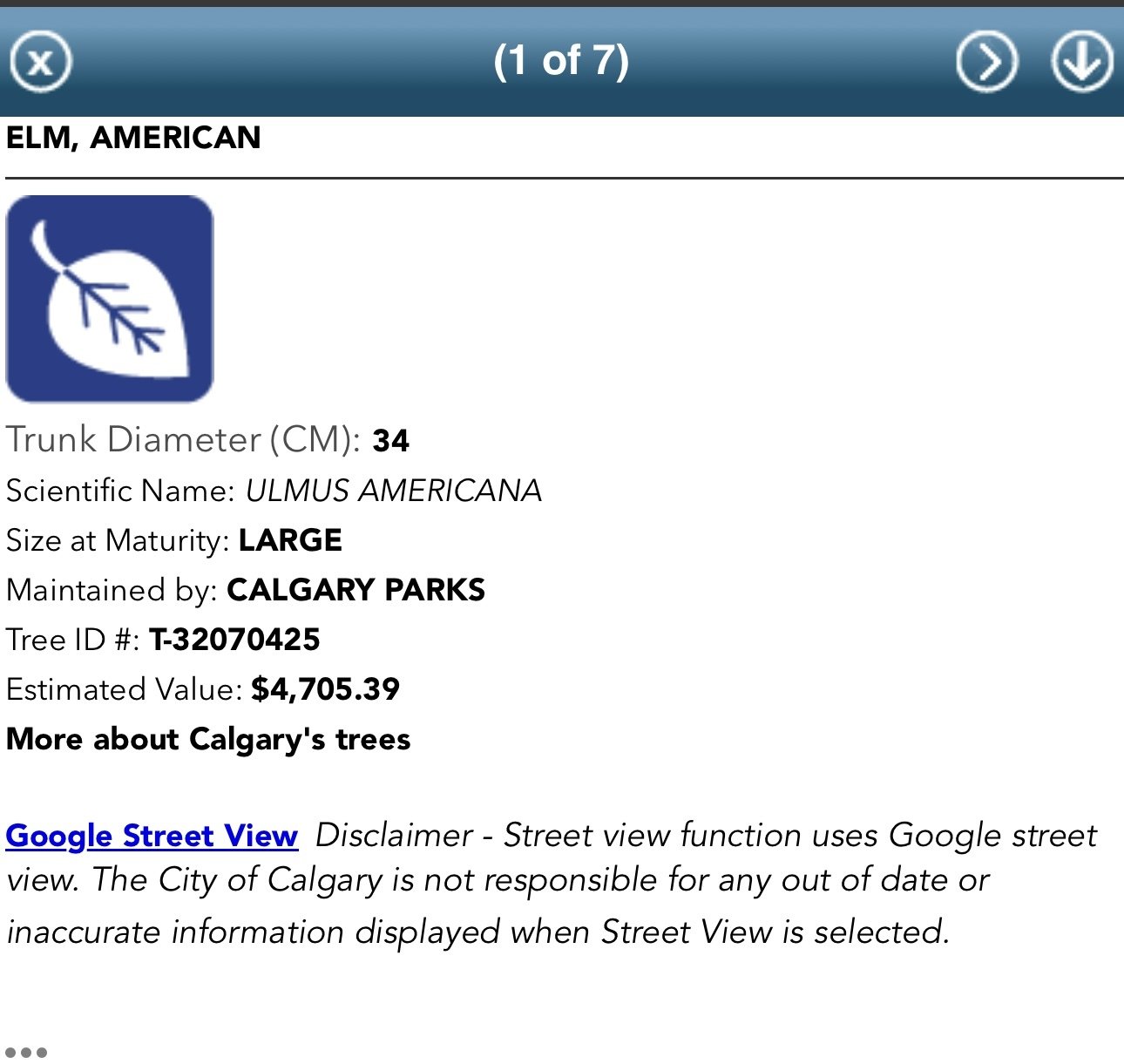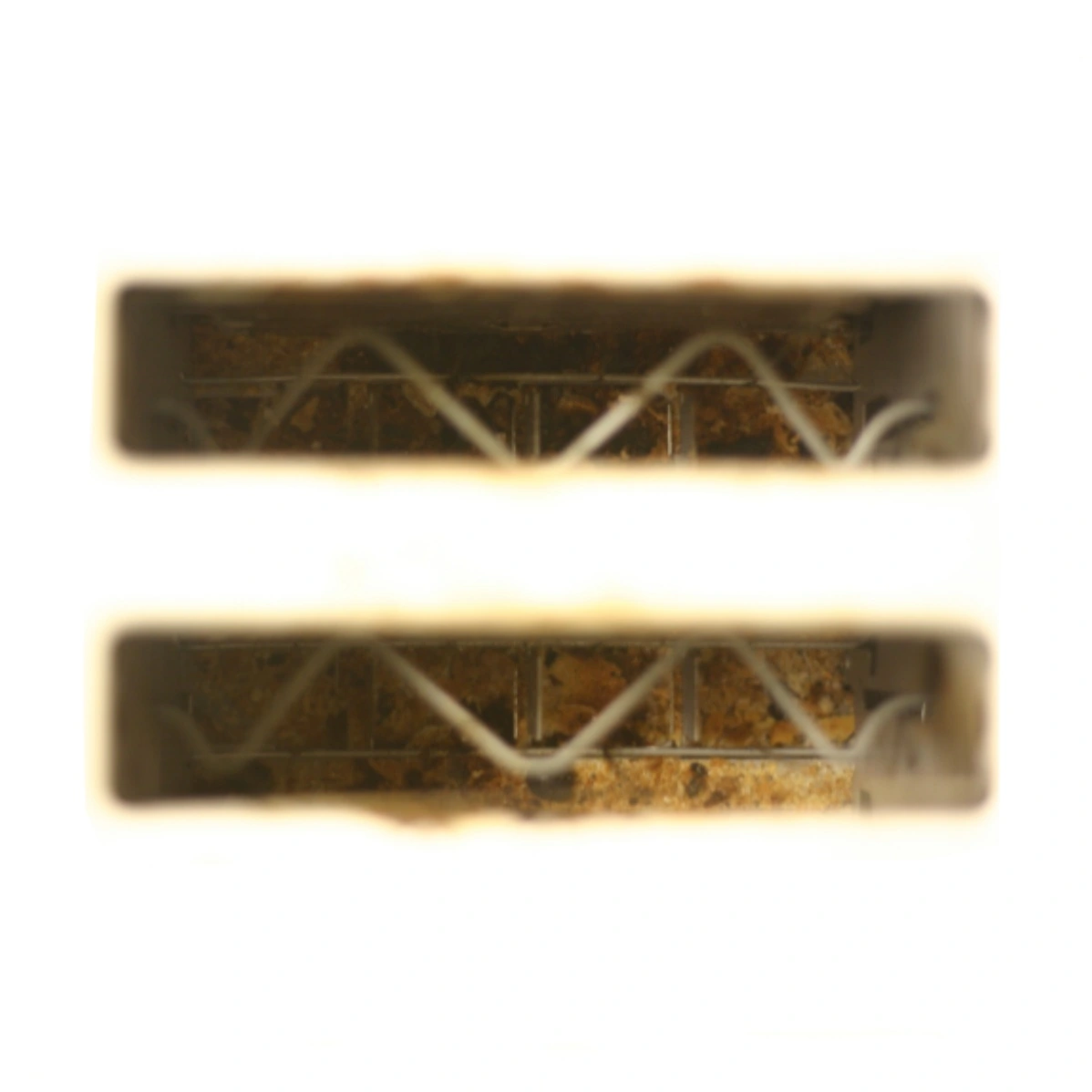Having never owned a house or really had a yard of my own, I got pretty excited and decided to do some ad-hoc landscaping. Built some raised beds for vegetables, and just laying in some organic shaped in-ground beds for low water decorative plants. Gonna fill the rest in with gravel. Any pointers?
Not sure on your location as from the picture it doesn’t look like you’re in the USA. However some places have restrictions on gathering water from your roof due to the materials used to clad the roof being poisonous. I would just double check that as I wouldn’t want to consume any fruits or vegetables that have been grown in water that wasn’t safe. I would also use a water butt or gatherer rather (totally covered from sun light) than hosing directly into a plant bed as if it’s raining. The plants will already be getting watered from the rainwater so you want to store the rainwater for use later.
store the rainwater for use later.
And then there are even further rules on storing water in some places - in Colorado I’m only allowed ~100 gallons of rainwater collection storage because someone else owns the water rights to the land my house is on.
This is bewildering. Are you really subject to regulations that forbid you from storing and using rain water as you see fit? Because you must buy water from a third party?
Is there a reason behind this other than capitalism?
Yeah I can’t even think of a secondary or tertiary reason.
Unless it’s to stop people from storing it and using it inside? But even than… so my thought on that one is overall maintenance.
In my city you get charged 30% iirc of your water use for sanitary use, so that pays for waste water treatment and maintenance of sewer lines. It’s not a full 100% because people water the yards and other stuff, and it’s not feasible to measure waste discharge.
So the only reason I could think of with, is so people aren’t getting around water fees and therefore sewer maintenance fees.
But it’s probably capitalism instead of trying to maintaining infrastructure.
Water rights in the Western US are wild. I wrote a small rant above if you’re interested. There is very legitimately not enough fresh water to go around from rivers like the Colorado to support continued agriculture and population expansion. (I blame agriculture 10x more than population, but that’s my hot take)
Oh yeah shit downstream water would be huge. Retaining that water prevents it from being available from watershed.
I’m right next to the Rockies and we get glacier melt and snow melt. So it’s weird seeing those restrictions elsewhere where we don’t have them but being basically the same geographically. BUT we were on water rationing last year to save the reservoir level, but the city also provides a rain barrel program, and no limits as far as I know/saw.
Wow, great to see a government encouraging it instead of saying you can’t do it! I’m also right next to the Rockies just far south of you in Colorado, and we get very different messages.
It is weird. Like if every house had 200 gallons of storage, that could add up to a small dam’s worth of storage at almost no cost to the government. It makes more sense to me to encourage houses to store it.
It really might come back around to blame capitalism - since like 90% of water is used for agriculture here maybe the downstream money makers are the ones yelling the loudest.
I think we are super blessed where we live. The government actually seems to care about the environment, does stuff about it, pushes for code compliance like no other, and has some of the best resources I’ve seen. You’ve got water data, tree data, a state of the art composting facility with free public compost, programs out the Wazhoo.

@d2k1 @Harriet_Porber Down stream water rights.
Oh boy - it’s a rabbit hole. As much as I like to blame capitalism for things, this one kind of stems earlier than that. Water rights and usage in the Western US is pretty fucked, and it’s only going to get worse with climate change.
I have some hot takes after reading Cadillac Desert and some other books on water rights. I’m going to lazily link to another comment where I wrote a tiny bit about this book. What’s fun is lots of river water allocations in the Western US were written in times of excess and aren’t even remotely accurate for normal times let alone times of drought. The Colorado River has only flowed through to the Pacific Ocean like once in decades (citation needed) and Mexico doesn’t even get their allotted share. It’s mouth to the Pacific is mostly a dry bed of dirt 🫠.
My house is in the watershed of the South Platte River, so Nebraska is the one who’d get mad if I put out a 3rd 55gal drum rain barrel. There’s a fun 100 year old compact that says Nebraska is allowed to seize land to build a canal to take their full allocation - a couple years ago Nebraska started to threaten to inact on their rights and Colorado’s just like ‘good fuckin luck’
We’re closer to playing out Mad Max in my lifetime than I’d like. Sorry to bring down the vibe in Gardening 😂
I’m actually in Colorado as well, so also limited to (I believe) two barrels totaling not more than 110 gallons.
I’m really hating the people of authority on this planet right now. All of 'em. Corporate and government.
Rain water? JFC
I wouldn’t direct water from the roof into your garden if it’s a food garden - flower beds it’s fine. You’re going to get a bunch of flecks of shingle in runoff water —> plastics and hydrocarbons ----> contamination of your food. The only time I would collect like this would be from a metal roof.
Personally, I would put down some lawn - yeah it’s more maintenance than gravel but it’s much easier on the feet and simply looks more vibrant and alive.
And I can only recommend doing something about that brick wall, I wouldn’t want to stare at a wall the whole time when relaxing in my garden. If you search for “living wall”, you’ll find plenty of suggestions.
Confirmations on your new home!
I live in a dry climate with water restrictions most of the warm months, so a traditional lawn is not a great option. Will probably end up going with pea gravel or breeze, I don’t mind it barefoot.
Love the idea of the living wall!
Look into local clover varieties, less maintenance, nicer than grass underfoot and better for bugs.
deleted by creator
Yeah, that possibility had occurred to me right after posting, too. There are drought resistant grasses, but if there are already restrictions in place, it might make sense to plan ahead and simply patch the gravel with some low water plants.
IMHO, adding a few plants to the gravel really breaks up that otherwise somewhat sterile look. I’m a big fan of Japanese dry gardens which use a lot of gravel and rock, but those are meticulously planned and become sculptures more so than gardens. In residential garden planning, people often create a barren landscape by simply piling up gravel in a large area.
If you like succulents/cactii, those are always an option, but there are plenty of other plants, too. I tried to look for some examples and I think this page has a bunch of useful images on a single page:
https://www.homedesigninspired.com/32-stunning-low-water-landscaping-ideas-for-your-garden/
On related “trick”: there are apps that recognize plants from a picture on your phone. I originally got one to use during hikes, but turns out they can also help when planning a garden. If you see something you like online but no mention of what it is, simply save the image, crop and run through the app. I use http://plantnet.org ,which can also be used right from the browser.
Another option to consider is a native plant growncover! It’ll be low maintenance and won’t require mowing.
Some of the no-mow native ground covers, like frogfruit if you’re in the southern US, actually get quite tall. We had a very wet spring and my frogfruit lawn got over twelve inches tall before I gave in and mowed it on the highest setting on my mower. I do have the same plant as filler in several beds, though, where it can get as tall as it wants.
The frogfruit would have eventually laid down a bit shorter once the extra moisture dried up, but it was getting to be quite the eye sore.
Please, I beg of you, don’t fill in with gravel. It sucks to remove, and it sucks to install, too.
Instead, space out large flat stones and fill the gaps in between with something low-growing like thyme.Also, be sure not to girdle your trees.
That middle bed that’s already done looks great!
Not a homeowner myself yet, but one nice thing could be to out down gravel that’s walkable barefoot. Idk about the rest of peeps, but I used to live in a house that had quite sharp gravel and it was almost obligatory to walk with shoes. If I were you I’d go with some light coloured shingle that’s nice for barefoots. Just my first thought :)
Please do keep us posted with updates of how this turns out!
Totally! You can see where I was testing out some pea gravel to possibly fill all the pathways. But shingle could be nice too
I also love the connection between the gutter into the flower/herb bed too! Although maybe a “better looking” solution could be something to look into in the future. Great work!
I have since been told that may add hydrocarbons and micro plastics from the roof into my veggies, so I’m looking into another solution 😅
Look into a sub irrigated planter. It’s just a planter with a water reservoir inside it that let’s the plants have consistent moisture. They only have to be refilled about once a week in the peak of summer (weeks at a time of 100+ F with no rain) and as little as once a month in more mild weather.
This site has a ton of good information about them: https://albopepper.com/sips.php
Here’s how I built mine: Build the planter to be about 24 inches tall and line it with a pond liner. Put a few pieces of corrugated drain pipe in the bottom. You are better off with these having a little bit of space between them than being packed too tightly. You then need to add an over flow drain at the top level of the pipes, and at the opposite corner add a pvc fill tube. The site I linked above explains this better, including some videos if that’s your preferred format. Cover the pipe with peat moss and pack the moss down under and between the pipes. Fill the rest of the planter with potting mix mixed with more peat moss and vermiculite/perlite. Do not add organics like compost or top soil. The mix should drain extremely well and feel light.
The guy mentions that the planter is not good for perennials due to the risk of freezing, but I have had very good success with native perennials in my planter. I have a native hibiscus as the centerpiece and it is going great.
The whole landscape process is a learning experience. Don’t expect to have your dream yard in one season, just aim to improve it a bit each year. Good luck!
If you’re outside why are you barefoot to begin with? Just seems like an awful idea all around.
I’m always barefoot in my yard unless I’m working in it
Same! I had to stop when all the caterpillars came, though. I didn’t want to accidentally step on one of the ones that sting.
Looks great! You could add a rain barrel to easily water your plants for free. Just avoid watering vegetables with runoff from your roof.
Good advice. Will a barrel help to settle out the micro plastics and bad stuff?
Since you’re in Colorado, check out Plant Select
Wood right next to the house is a big no no. Termites are an issue you want to avoid as much as possible.
Route the downspout away from the house, it looks like it’s aimed at your foundation and downgrade so water will want to come back towards the house.
Wood right next to the house is a big no no.
The whole house is wood!
Yes, you can’t help that. You can help but spacing any extraneous word at least 3ft from the house is the general rule of thumb.
It is a slab-on-grade garage, and yes I plan on adding a rainwater catchment ASAP. The downspout has been exactly in this position for 12 years when the previous owners built the garage, and has caused no issues – at least none that came up in inspection. There’s very good drainage down to the road behind, I think.
I mean the flex tube pointing into your raised bed, it should point away and closer to the middle where the should be a shallow valley graded away from both. It probably wouldn’t come up on inspection, a. Most home inspections aren’t that great, b. You’d really need a significant amount of water to be around to judge it proper. Other than that I can’t see any real problems with the beds being there or their design or anything.
Termites aren’t an issue everywhere though.
The downspout should be discharged atleast 3 if not 5 feet from the house though. BUT that looks like garage? So slab on grade and not as much as a concern, but still not ideal.
In Colorado they are. And that appears to be their location.
A slab will float almost as well as a bathtub.
can you post another photo that includes an indicator for south?
South is toward the brick wall
Looks good and congrats!
I love how you made the raised beds. Where do you get poles like that? I’ve been unable to find them
They’re called Landscape Timber, if it helps you search. I found them quite cheap at my local hardware megastore. But beware of treated lumber if you use them for vegetables!
Why? Chemicals leach into the soil?
Most green treated lumber is coated with chemicals to preserve how long they last, eventually… those break down and go into nearby soil. We used the same thing, we left some older green landscaping timbers and just lined them with thicker plastic and replaced the clay-like soil
And into the produce, yes. Might also be harming the good soil bacteria and fungi that keep plant roots healthy.











